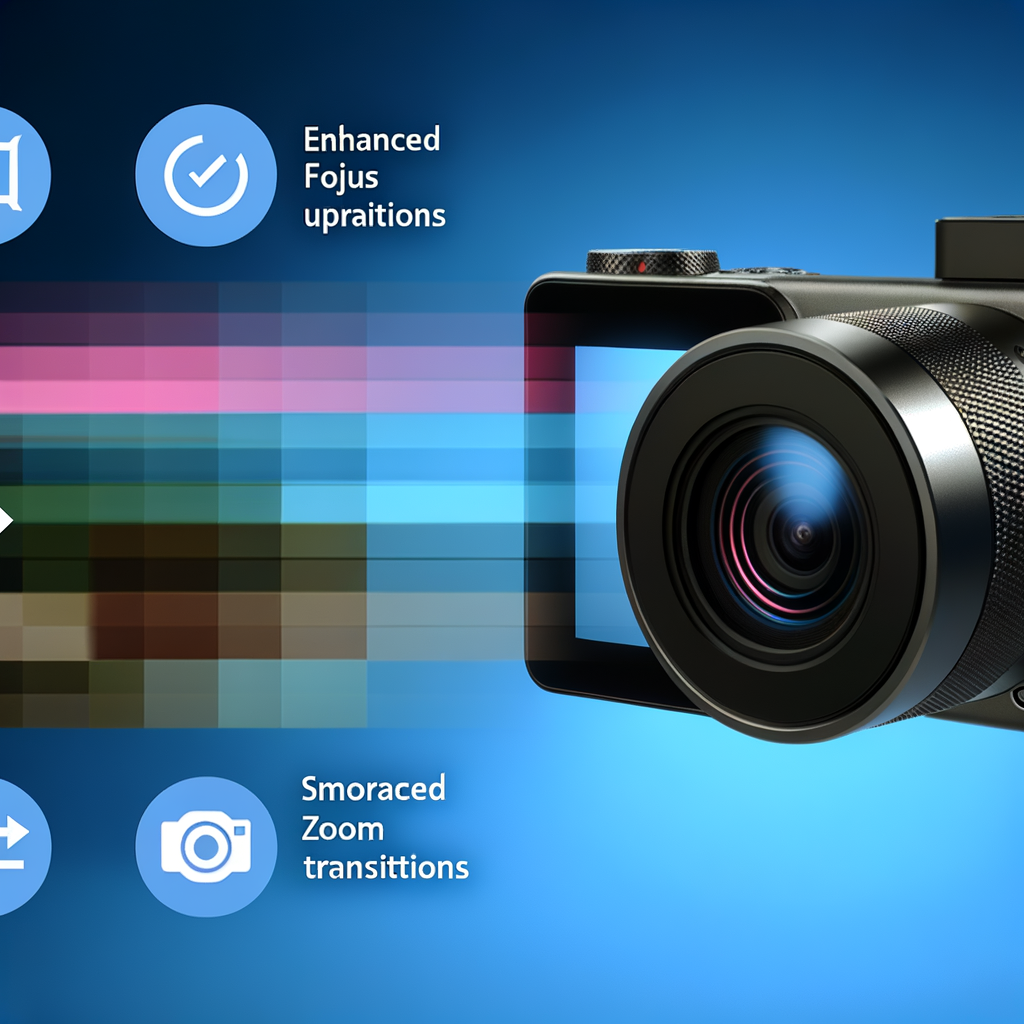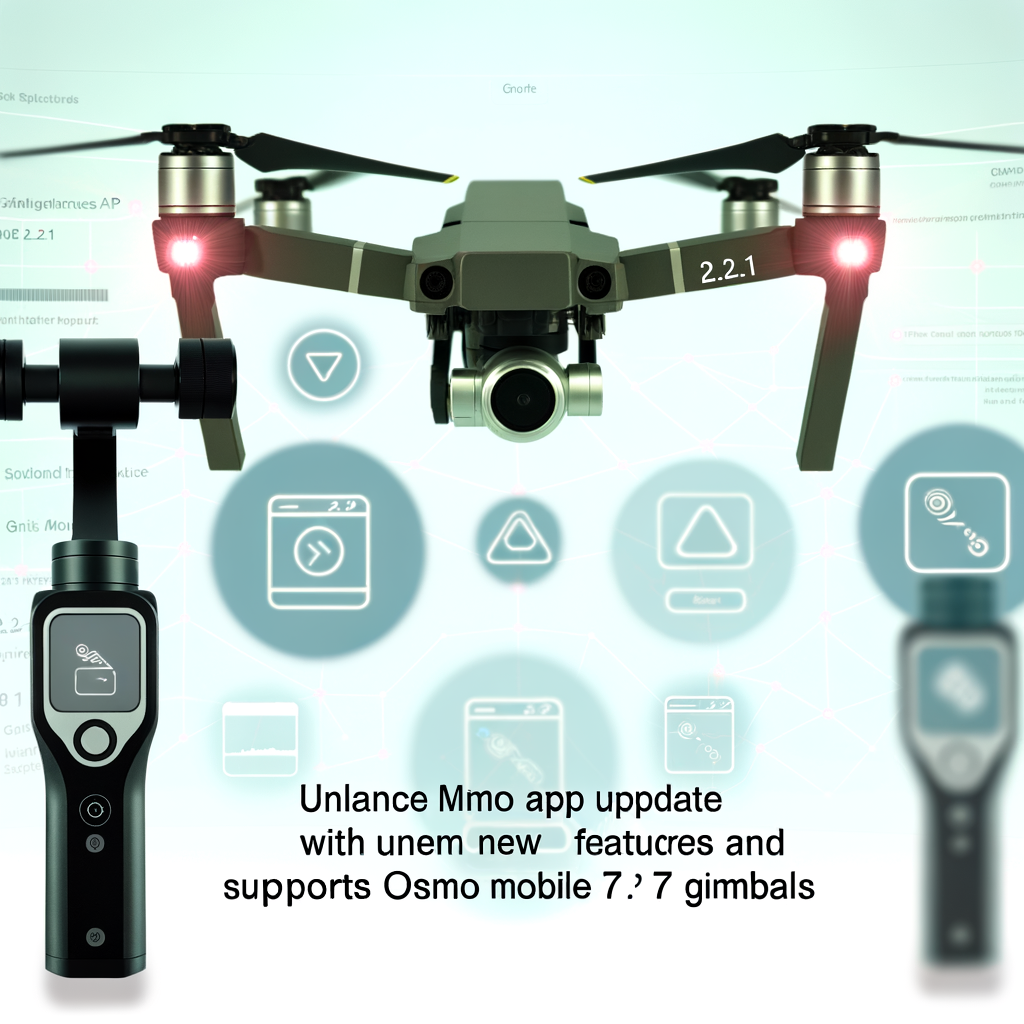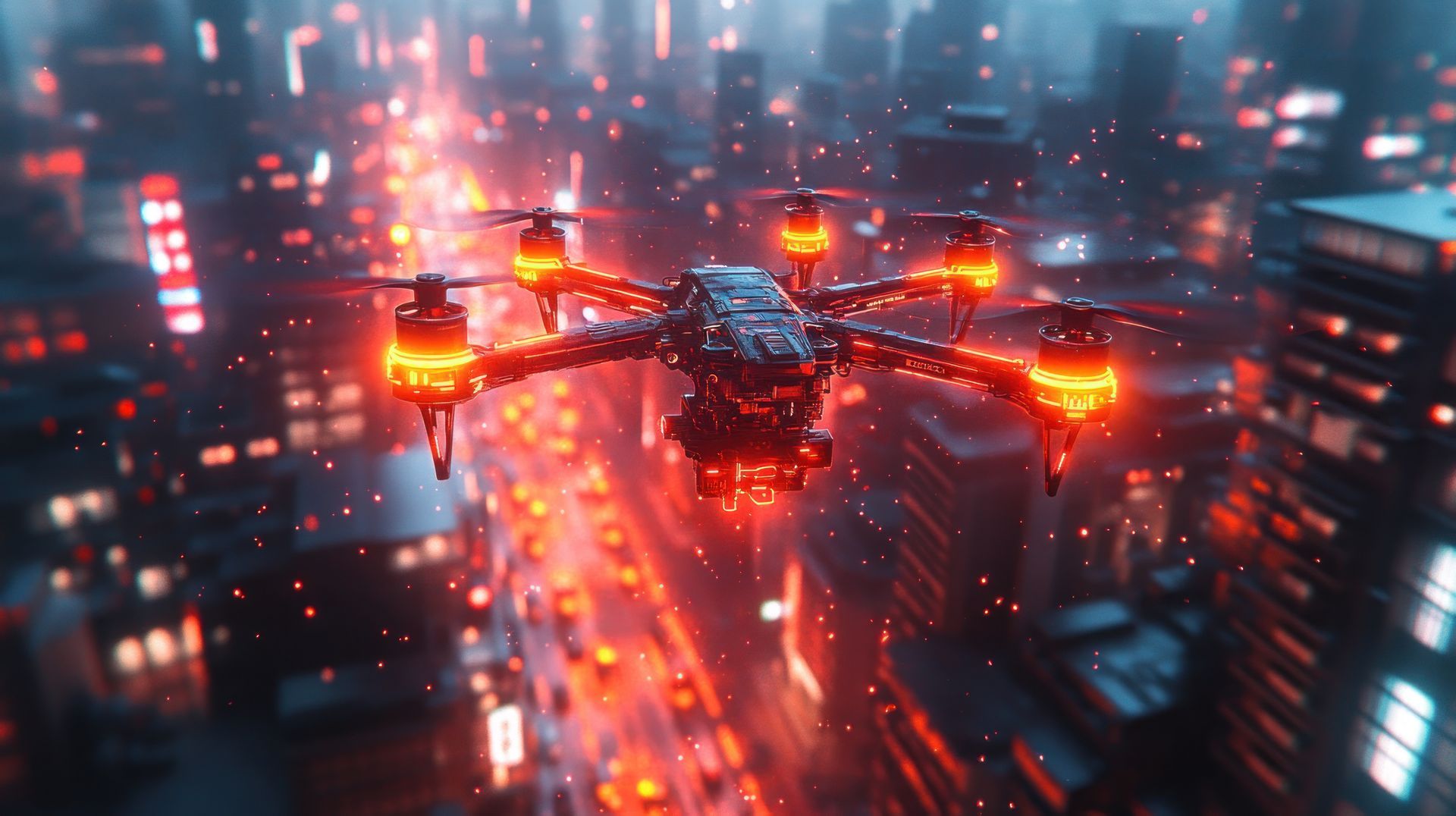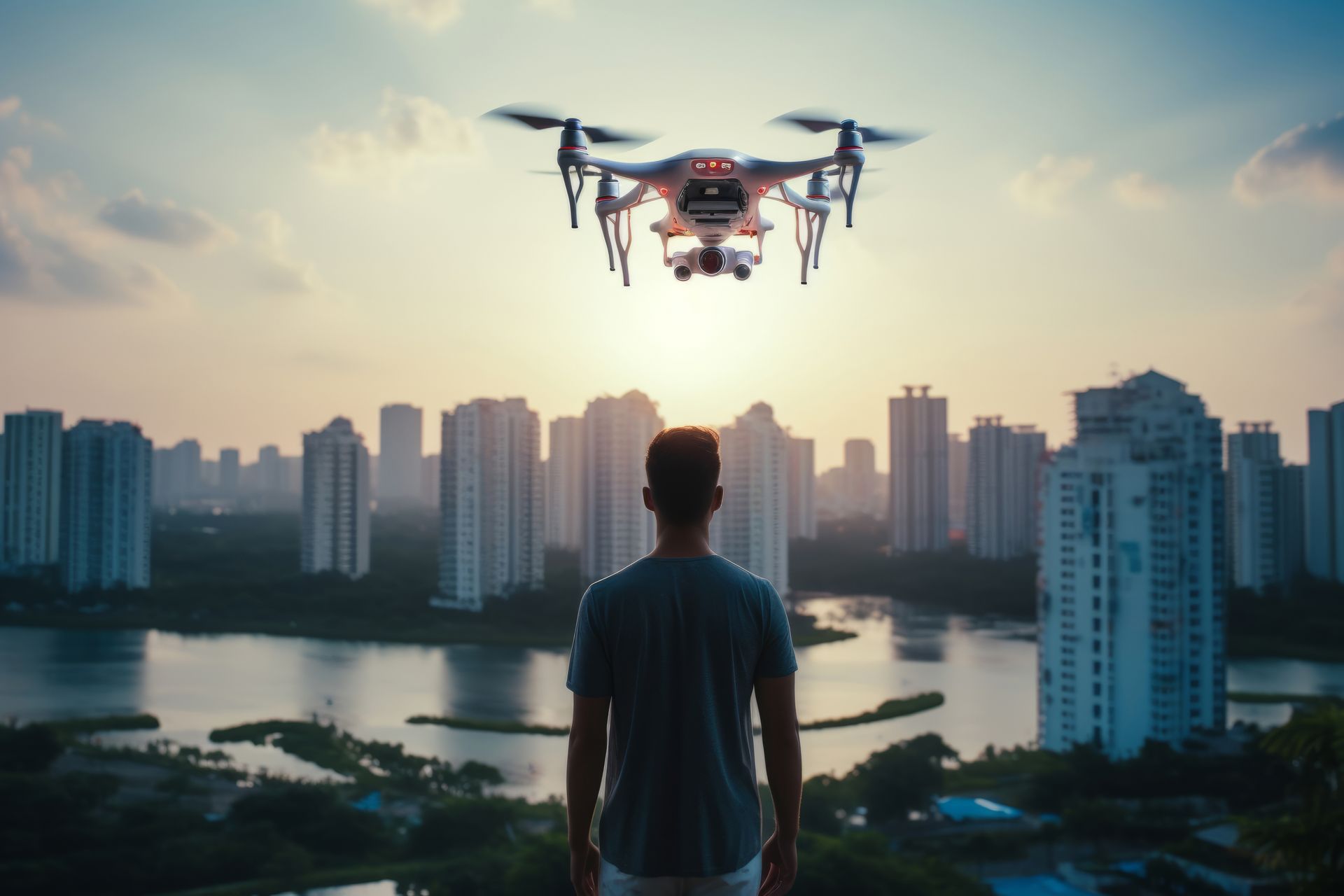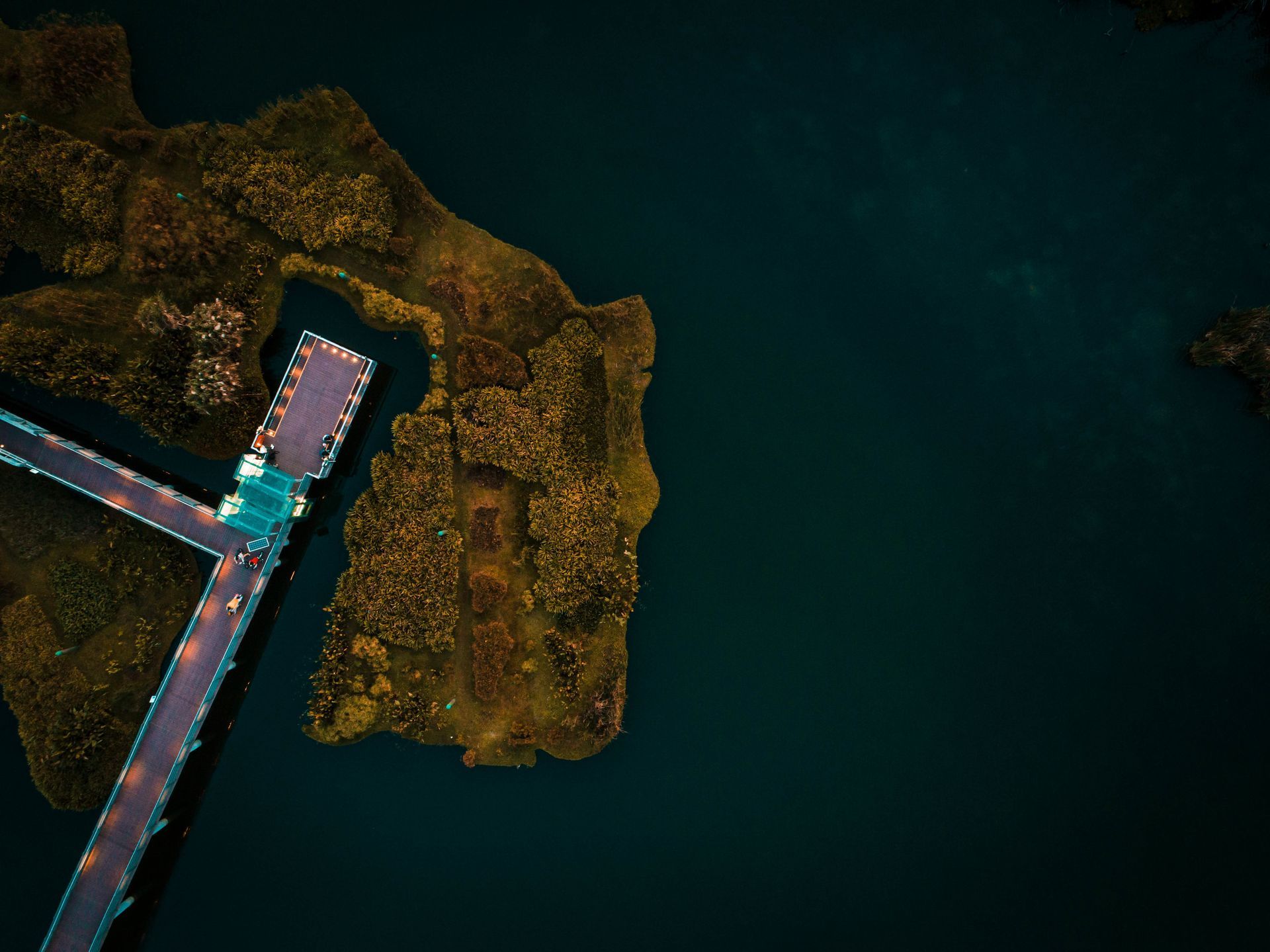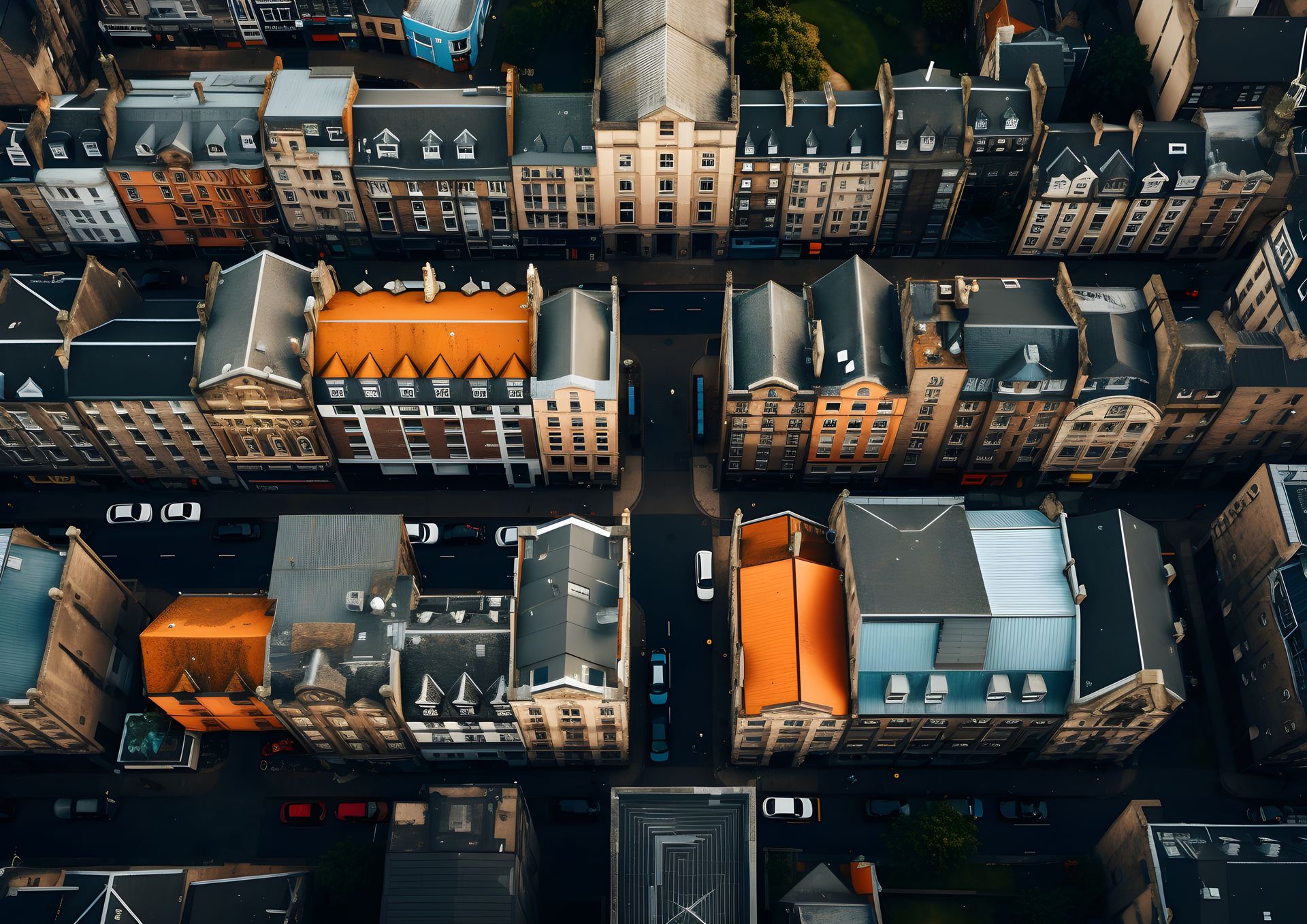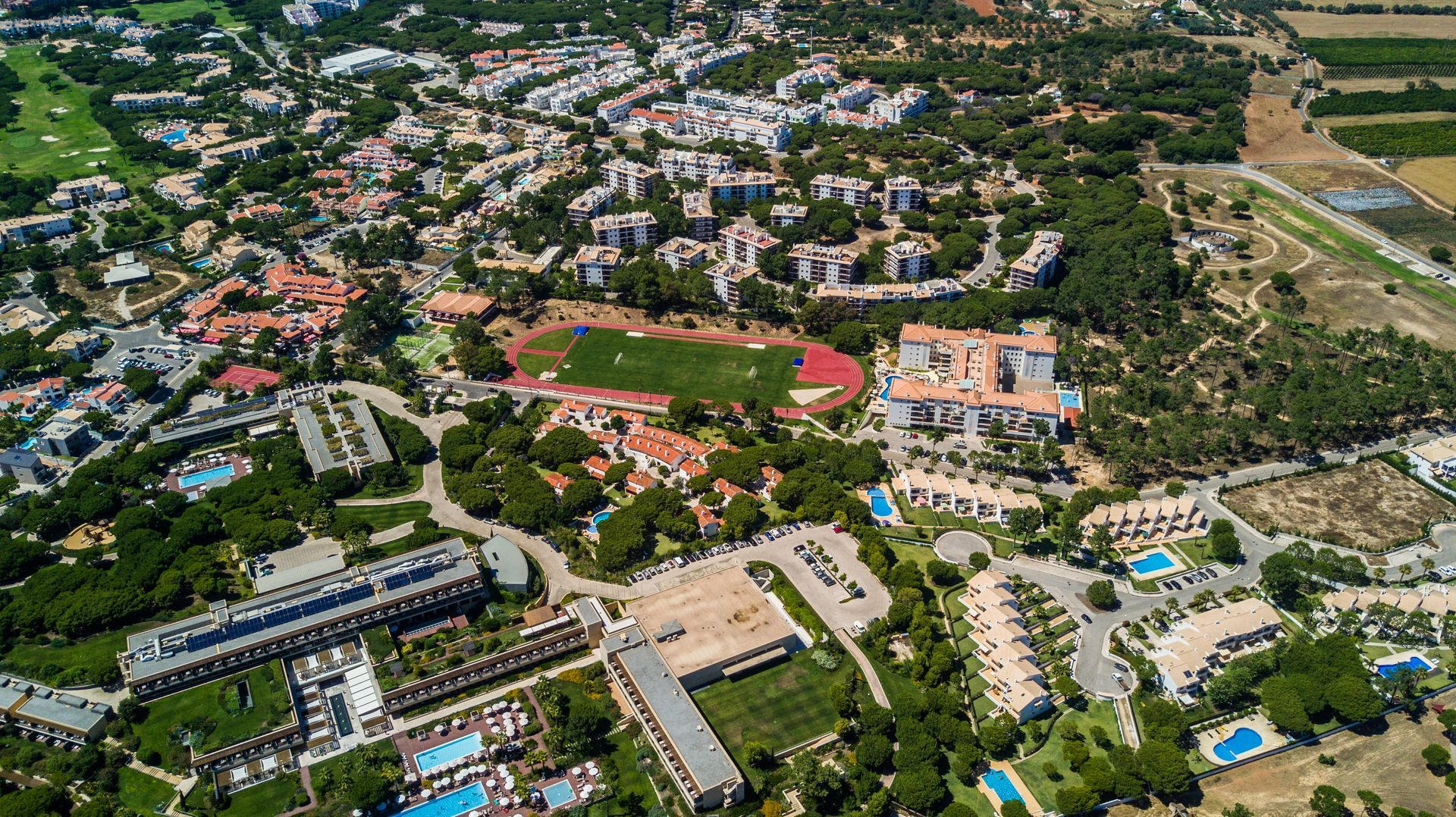10 Benefits Of Drone Film For Architects
In the dynamic world of architecture, staying ahead of the curve and effectively showcasing your designs is paramount. One of the most powerful tools in a modern architect's toolkit is drone film technology. Utilising drones for filming provides architects with an array of benefits, allowing them to present their projects in a captivating and informative manner. Let's delve into the top 10 advantages of using drone film for architects.
1. Aerial Visualisation
Drones offer architects the ability to capture stunning aerial shots of their projects, providing a comprehensive view of the building's exterior, layout, and context within its surroundings. This aerial perspective allows for a better understanding of the overall design and integration with the environment.
2. Site Analysis And Planning
Drones equipped with high-resolution cameras can be used for site analysis, helping architects understand the topography, terrain, and surroundings of a construction site. This data is invaluable in the early stages of a project, aiding in informed decision-making and efficient planning.
3. Progress Tracking
Drone film can be used to document the various stages of construction, providing architects with a visual timeline of the project's progression. This enables effective monitoring of the construction process, helping to ensure that the project stays on schedule and meets design specifications.
4. Marketing And Client Presentations
Drone footage provides architects with captivating visuals that can be used for marketing purposes and client presentations. Aerial shots and dynamic video tours offer a compelling way to showcase designs to potential clients, investors, and stakeholders, helping to secure projects and collaborations.
5. Design Feedback And Refinement
By utilising drone film, architects can gain fresh perspectives on their designs. Aerial views allow for a better understanding of how a building integrates with its surroundings, aiding in design refinements and ensuring that the final product is aesthetically pleasing and functional.
6. Cost-Effective Surveys
Drones can conduct surveys of a site more quickly and cost-effectively than traditional methods. This can result in substantial cost savings for architects and their clients, making drone technology an attractive option for accurate site surveys.
7. Collaboration And Communication
Drone film can facilitate effective collaboration and communication among project stakeholders. Sharing aerial visuals and progress updates through drone footage ensures that all parties involved have a clear and shared understanding of the project's status and direction.
8. Project Documentation
Drones provide architects with an efficient way to document their projects from start to finish. This documentation can serve as a valuable asset for future reference, showcasing the project's evolution and serving as a portfolio piece to attract new clients.
9. Sustainable Design Integration
Drones can aid architects in evaluating the sustainability of their designs by assessing the site's environmental conditions and natural features. This information allows for better integration of sustainable design principles into the project, promoting eco-friendly and
energy-efficient solutions.
10. Competitive Edge
Incorporating drone film into architectural processes sets architects apart from competitors. The innovative use of technology showcases a commitment to staying at the forefront of the industry, attracting clients seeking modern and forward-thinking design professionals.
In conclusion, drone film technology is a transformative tool for architects, providing a range of benefits from enhanced visualisation and design feedback to cost-effective surveys and a competitive edge in the industry. Embracing drone technology in architectural practice is a smart investment that can significantly elevate the design process and ultimately lead to successful and impactful projects.


